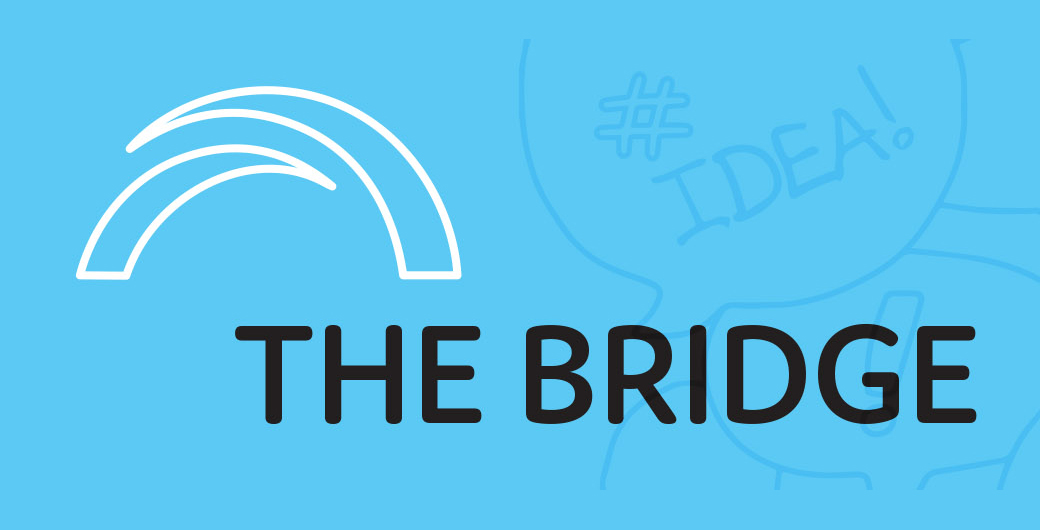
An article in Public Money & Management debunks the market forces myth underpinning public innovation. It argues the mandate for public innovation is to serve the needs of society. A major challenge is how public innovations can be valued and assessed, given that they are undertaken to produce public value more than private value. However public value is not static. The public value created by innovation may be contested and may change over time, so continued monitoring and assessment is important as is balancing conflicting values and interests.
Debunking the market forces myth
Publicness is a fundamental and distinct characteristic, which influences how public innovation arises and is assessed. This has many implications. Public innovations cannot deploy a market mechanism to address innovation opportunities but will generally need to engage stakeholders. Depending on whether the innovation is large or small, these stakeholders may include managers, employees, politicians, service users, citizens, private companies, and non-government organisations.
They each may wish to express their views and influence the priorities, shape, direction, and assessment of public innovations. The mandate for public innovation, in democratic societies, is to serve the needs of society, so the values, the stakeholders and the scrutinising of innovation decisions is integral to innovation processes and outcomes.
Scoping public innovation
Public innovations do not occur solely within the public sector. Public organisations can be owners, commissioners, orchestrators, and sense-makers of public innovations. They may undertake innovations themselves, using their own resources, whether small-scale projects or long-term innovation projects.
Public organisations can also commission public innovations from private or non-profit organisations, innovation hubs and regional networks, supporting entrepreneurs and social enterprises. Public organisations can also be orchestrators of innovation, using their convening power to bring together stakeholders and encourage them to collaborate to create innovations to tackle difficult and challenging ‘wicked’ issues such as climate change or the Sustainable Development Goals.
Additionally, public organisations play a key role in sense-making which can aid public innovations by speaking out, holding debates, encouraging discussions across society, and undertaking research. This can mobilise support for (or action against) particular public innovations.
Innovation is characterised by various phases, and processes – from the early stages of the germ of an idea through to full implementation. This also includes ‘exnovation’: killing off an innovation which is no longer working.
Putting a value on public innovation
A major challenge is how public innovations can be valued and assessed, given that they are undertaken to produce public value as a key aim. This is not just what the public values but also what adds to the public sphere—thereby creating a better society now and for the future. In this context, public value creation is seen as a contested democratic practice because different stakeholders may have quite different views about the priorities, the evaluation, and the purposes of particular public innovations.
Many innovations are imaginative and valuable but many, regardless of sector, fail. This is inevitable in all sectors because innovations are a step into the unknown and the risk levels can be high. Innovations which start out with promising potential may tank. Those which initially fail may be repurposed in another context or at another time. Some will have benefits but also drawbacks, or work for some types of citizens but not other. Judgements must be made about whether the innovation should be promoted or stopped. This means that evaluation methods may also need to be dynamic.
The bottom line for practitioners
- There is now a rich evidence base about what helps and what hinders public innovation processes and outcomes.
- There are many ways to innovate—think about being an owner, a commissioner, an orchestrator, and/or a sense-maker in fostering public innovations.
- Learn from the private sector but also recognise that public innovation is located in a political system not a market.
- Share innovations widely—that way you reduce the costs of innovation and the risks of failure while creating public value across society.
- Think about assessing innovations in terms of outcomes for society not just benefits for your organisation.
The bottom line for policy-makers
- Celebrate the imaginativeness and innovativeness of public organisations—you don’t need markets to create innovation, innovation comes from considering the needs of citizens and society.
- Innovations may be very small at the point of service delivery or very large-scale and long-term—with much in between. Think about how a variety of innovations can be fostered in different ways.
- Public organisations are embedded in the democratic system—so a variety of stakeholders are often needed to make them successful.
- Public value is not static: the public value created by innovation may be contested and may change over time, so continued monitoring and assessment is important as well as balancing conflicting values and interests.
Want to read more?
Whether and how public innovations create value – Jean Hartley, Lars Fuglsang, Rolf Rønning and Karin Geuijend, Public Management & Money, May 2024
Each fortnight The Bridge summarises a piece of academic research relevant to public sector managers.

Previous Research Briefs on Innovation include:
- Published Date: 25 September 2024
